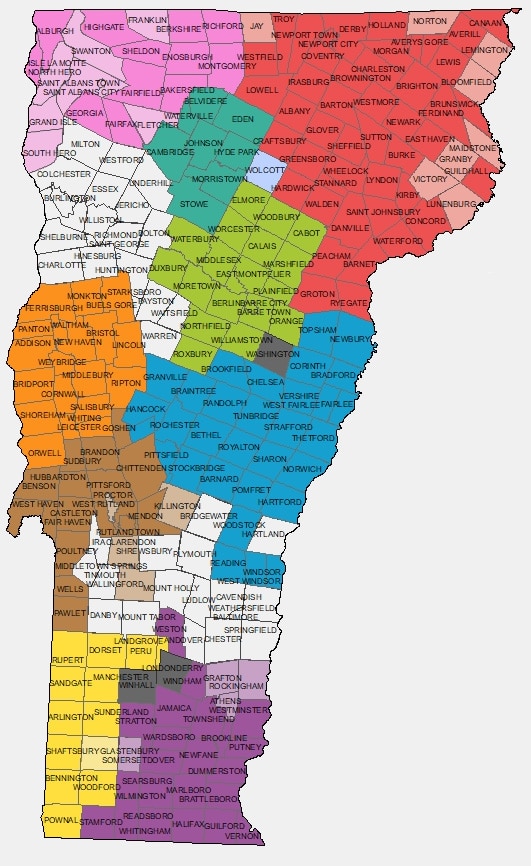The latest example of a public private broadband partnership comes from rural Vermont, where Waitsfield and Champlain Valley Telecom is planning a network with communications union district (CUD) Maple Broadband. As a press release explains, CUDs are non-profit municipal entities “with the single goal of delivering high-speed fiber broadband service to every unserved and underserved address in their member towns.”
We talked to Kurt Gruendling, vice president of marketing for Waitsfield and Champlain Valley Telecom, about the project. Waitsfield and Champlain Valley Telecom, originally established over 100 years ago, will be responsible for building the network for Maple Broadband and signed an agreement this week to manage and deliver services on the network.
“The model is a true partnership,” said Gruendling. “We’ll provide services to them and they’ll leverage our assets.”
Examples of those assets include peering in New York City and Boston, as well as some network infrastructure and vendor relationships.
The CUD concept was established by the state of Vermont with the goal of getting broadband to communities lacking high-speed broadband. CUDs are comprised of two or more towns and can fund operations through grants, debt and donations but not taxes. The Maple Broadband CUD, shown in orange on the map below, is in western Vermont and has 20 member towns, each with a representative on the board.
Waitsfield and Champlain Valley Telecom (WCVT)is the incumbent telco in some of the towns and has fiber broadband available in the center areas of those towns, but the fiber doesn’t reach all residents. Other towns in the CUD are served by a larger price cap carrier.
Moving forward, WCVT and Maple Broadband plan to apply jointly for grants. How much funding will have to be raised through debt won’t be known until the entities know the results of those applications, but as a press release notes, the CUD should be able to secure funding through the municipal bond market at attractive interest rates.
WCVT will own the network infrastructure in towns where it is the incumbent, while Maple Broadband will own the infrastructure in the other towns. WCVT will manage the network in all communities and will be responsible for billing and customer service. Outside WCVT communities, service will be offered under the Maple Broadband name.
The partners plan to deploy fiber to the premises and to also offer phone service. A streaming video offering is under consideration.
The CUD concept seems to make sense at a time when states and the federal government are making an unprecedented level of funding available for rural broadband. As a result, the CUD requirement that all funding come from donations, grants and debt appears more feasible now than it might have a few years ago.
Vermont currently has nine CUDs, according to Maple Broadband.





